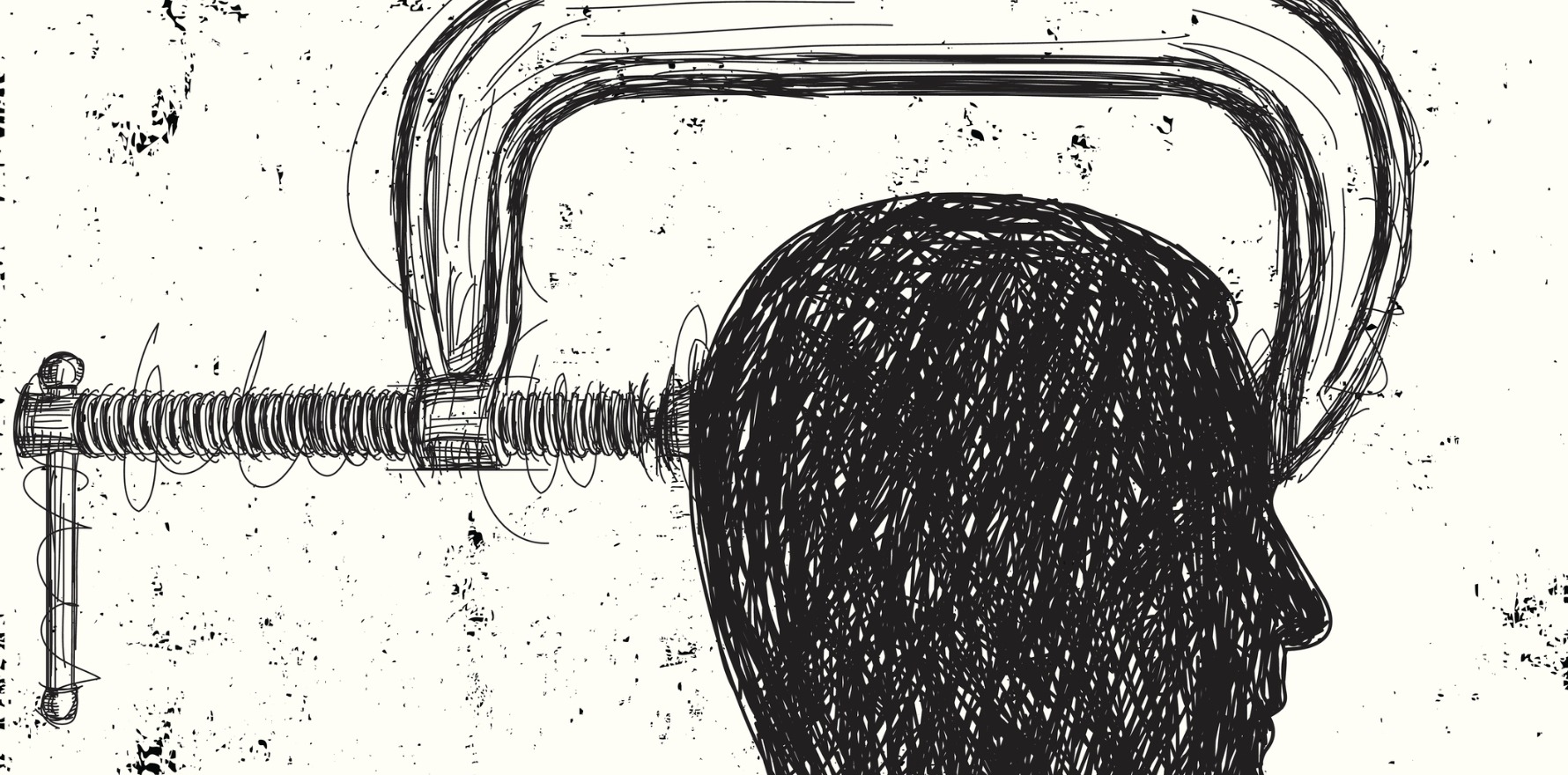Trying to reassure headache patients by ordering brain scans can have the opposite effect, a leading expert says.
Ordering scans to investigate headache may cause unnecessary anxiety among patients and could lead to further unnecessary tests, a Sydney neurologist says.
MRIs are rarely necessary for patients who experience headache and migraine, Sydney-based neurologist Dr Bronwyn Jenkins told the Australia & New Zealand Headache Society’s virtual annual scientific meeting.
“Not all primary headache disorders need imaging,” Dr Jenkins, president of the Australia and New Zealand Headache Society, told TMR.
“Headache specialists may make sure blood tests have been done but won’t necessarily order an MRI because it’s not needed for everyone with a typical primary headache disorder.”
Dr Jenkins told the audience that neuroimaging in primary headache disorders could lead to false positives, a cascade of further tests, increased patient anxiety, exposure to radiation, overdiagnosis of asymptomatic conditions and costs to the patient and health system.
“Only do a test if it’s going to change the management for the patient,” she said.
“If there are clear-cut abnormal features and progression of the headache that’s not responding the way you’d expect it to for usual management, then do investigations such as imaging.
“But if it’s a typical migraine with or without aura, not every patient will need an MRI scan.
“I think we do it to reassure the patient and put it to rest, and often we end up not reassuring the patient because it leads on to further tests.”
People who have migraines were more likely to have white matter hyperintensities, or clinically silent small white dots in the subcortical white matter of the brain, Dr Jenkins said.
“These changes on imaging are recognised as being overly present in people living with migraine, but not necessarily pathological such as demyelination, vasculitis or other disease that would concern us and need other tests and treatments.
“MRI scans are often ordered, and because people with migraine have more white matter hyperintensities or white dots in the brain, that can often cause a lot of concern from the clinician and the patient, and unnecessary follow-up scans.”
Among the normal population, there was a lower rate of white matter hyperintensities Dr Jenkins said.
But among people who experience migraine, 12-47% have white matter hyperintensities, and the figure is around 40-47% among people who experience migraine with aura.
“That doesn’t mean these patients are having strokes,” Dr Jenkins said. “Compared to cohorts with age-matched controls, there doesn’t seem to be increased risk of stroke in the future based on white dots.
“That finding doesn’t help patients clinically but can cause both clinician and patient a lot of stress as well as cost.”
Scans may also show tiny cysts or aneurysms that would not have a risk of rupture and would often not be reported by radiologists, she said.
“But that entails the person then having annual scans and concern that they’re walking around with a cerebral aneurysm, when that wasn’t relevant to their actual initial presentation.”
The problem was that migraine was under-diagnosed, and quality of life, function and migraine days could be greatly improved with prompt diagnosis and management in most cases,” Dr Jenkins told TMR.
She pointed to a recent paper published in the Internal Medicine Journal, in which RACP Fellows and neurologists Dr Michael Eller and Dr Shuli Cheng wrote that a third of people with migraine had never had a diagnosis and two-thirds had never been prescribed a migraine-specific medication such as a triptan.
Patients often do not report milder headaches to their GP, they wrote.
“Asking patients to report how many days a week where they are completely without head discomfort is a good place to start.”
Dr Eller said around 3% of Australian suffered chronic migraines, which were characterised by symptoms including severe headache lasting between four and 72 hours, nausea, vomiting and sensitivity to light or sound. Migraine affects more women than men at a ratio of 3:1.
Dr Eller told TMR that migraines were often marked down as stress, women’s problems or a failure of resilience.
“Many patients think it’s just them, or other people go through it too, or they don’t have a choice because they have to work and take care of the kids.
“They’re just pushing on, but their quality of life is severely impacted. They may be using a lot of regular medicines which they see as innocuous but using ibuprofen four times a day for 20 years is not innocuous.”
Despite the widespread impact of migraines, only one in three people who have regular migraines have been prescribed a triptan or another migraine-specific treatment such as monoclonal antibody treatments, which can vastly improve quality of life, he said.
“New treatments are powerful, easy to use and well tolerated. There’s more incentive than ever to get the right diagnosis and get people on the right pathway.”
Dr Jenkins said a headache diary could help clinicians and patients find out how many low-grade headache and migraine days were occurring, she said.
“Migraine is more than just a headache, so a recurrent headache from a typical age with any sensitivity to light or noise, nausea or typical unilateral or pounding and throbbing headaches in some attacks is suggestive of migraine disorder.”


